Special Note:
This January, Voting Booth produced a highly important series of reported articles by Steven Rosenfeld about the possibility of the biggest changes in half a century to the Democratic presidential nomination process, starting in Iowa. Given where our country is at, and the huge stakes of the 2020 election, I cannot more strongly recommend you read this work and think about the implications for who the next presidential nominee will be.
—Jan Frel, Executive Director of the Independent Media Institute
Online Voting Revolution Coming to 2020 for Democrats—Starting in Iowa, Biggest Changes to Nomination Process in 50 Years
by Steven Rosenfeld
Iowa’s Democratic Party is leaning toward offering party members the option of participating in their 2020 presidential caucuses via internet and telephone balloting. However, recent experiences of Republican state parties elsewhere with online voting suggest that Iowa faces formidable challenges to make this work in 2020.
I’ve reported on these developments in a series of articles for the Independent Media Institute’s Voting Booth project, underscoring the uphill effort that must be mounted by Iowa’s Democratic Party and the Democratic National Committee if 2020’s opening presidential nominating contest is not to be marred by frustrated participants.
By mid-February, the Iowa party is expected to issue its blueprint to allow registered Democrats who are not physically present at the state’s 1,679 caucus sites to remotely participate. That plan, which will be used to seek bids from voting technology firms to create and implement, comes in response to the Democratic National Committee’s 2020 Delegate Selection Rules. (Unlike primaries, which are run by the government, party caucuses are privately managed affairs—hence the reliance on contractors.)
Iowa’s party has been looking at three broad options: using a mix of online- and telephone-based voting; mail-in ballots; and a proxy system where a person who is physically present can take pledges from others and caucus on their behalf. The party’s executive director, Kevin Geiken, has that said he favors the first approach, what he’s loosely called “tele-caucusing.” However, the party’s executives have yet to formally decide what path to pursue. Still, online and telephone voting has the inside track for one reason: it offers the closest approximation to in-person caucusing.
Against this backdrop, the Independent Media Institute has examined the experiences in other states where parties have used online voting for caucuses. In many instances, a mix of differing human and technical factors has made the process more challenging than not, and, in some cases, prevented any online voting from occurring. The situations that did not work out generally were larger-scale events—statewide or presidential contests—not smaller events or pilot projects that were more easily managed.
Some of the human factors that undermined online caucusing include: a lack of familiarity among the voters using it; some participants or managers not following training protocols such as downloading apps in advance; and suspicious or paranoid reactions when snafus surfaced, given participants’ emotional ties to candidates.
Some of the technical factors that impeded online caucusing included: participants who didn’t download apps triggering eleventh-hour traffic jams at app stores; participants not being able to sign onto apps due to bandwidth issues; or, once signed in, participants not being able to finish user authentication in time for caucusing; and having one contractor’s system fail due to conflict with some aspect of another contractor’s technology.
These factors could be seen in Utah’s GOP caucuses in 2016 and 2018.
In 2016, the state GOP switched from primaries to caucuses—and introduced online voting. The party worked with an internationally respected voting technology firm to handle the balloting. But following the Republican National Committee, it used Eventbrite, an event-planning app, to handle voter registration. That app could not handle all of the real-time demands, including non-party members who wanted to participate. A high-ranking state election official, who watched from the sidelines, estimated that 10,000 people were kept from caucusing online. Meanwhile, his office and county election officers were deluged with phone calls for help. The party and its app did not plan for customer-service needs.
In 2018, the Utah GOP tried a different vendor, one using smartphones as ballot-marking devices. When party members arrived at caucus sites, many had not downloaded the app. When many tried to do so, they couldn’t get it from the app stores—which were not set up for the surge. Those who did get the app faced identity authentication delays, which often could not be resolved before the caucus began. The GOP’s caucuses then used backup paper ballots, some unimpressed reviews noted at the Apple store.
Outside of the U.S. in the province of Ontario, Canada, municipalities use a mix of online and telephone voting for local elections. This past October, one voting technology firm managing online voting in 50 municipalities discovered its underlying telecom service was not providing enough bandwidth to handle the voting data. The municipalities were forced to extend their 2018 election by a day, Toronto newspapers reported.
Most Democrats interviewed were not aware of these examples from Utah and Ontario.
To be fair, there have been successful recent online caucuses—such as in Arizona in 2016. But importantly, these caucuses took place in a handful of locations and did not involve large numbers of participants. For example, the state Republican convention that sent delegates to the Republican National Convention was held in a locale where 1,200 party members attended. The online system, developed by a Canadian firm, was web-based—not an app. It could be accessed via participants’ own phones and kiosks in the room. Throughout the hall, teams helped anybody struggling with the process.
What Iowa may do in 2020 is of a different scale and process. The state has 1,679 precincts that hold caucuses. The event is a series of successive votes as less popular candidates are disqualified. The party envisions people who are not physically present sending in their choices for each round of voting via digital devices or older push-button telephones. That voting data has to be tabulated and combined with the room’s results. There must be an evidence trail to accommodate ties, disputes and recounts.
To build this system and have it seamlessly work is akin to conducting a symphony where all the musicians are in sync and the audience follows every note. However, elections, especially high-stakes contests, are rarely that tidy. That’s why the Canadian firm that helped Arizona conducts its GOP caucus—and last fall saw a competitor (an American company!) fail by not ensuring there was sufficient bandwidth for its online system—told the Canadian government that it would not yet recommend online voting for high-stakes elections. Even if the technology exists, which they say is the case, the public needs to get familiar and comfortable with voting online. Typically, that is more easily done in an ongoing series of lower-profile and lower-stakes elections. Local elections also have lessened cybersecurity risks than federal races, they said.
Where does this leave Iowa’s Democratic Party as it looks toward 2020? There may be a handful of vendors willing to customize and deploy the online technical infrastructure. But it must set up this system, test it, and train its precinct captains over a period of months, not years. It must anticipate the public’s quirks and unfamiliarity with a new voting process and have a major customer operation ready to help. (The party also is seeking to offer same-day registration to any eligible voter at caucus sites, another innovation to be implemented in 2020.)
All of these elements, as complex as they are, set the table for the event. They come before the caucus voting commences, where, doubtless, due to the size of the presidential field and passion of campaigners, there will be contested votes and recounts.
Can all this and more be done between now and February 3, 2020? Theoretically, yes, voting technologists reply. Should it be done, or at least introduced, at one of America’s most high-profile and high-stakes political events? That’s a different question.
Currently, the party in Iowa and DNC in Washington are looking to offer online options for 2020’s caucuses. In the coming weeks and months, both Iowa and the DNC will decide how to proceed. Curiously, both have had mixed past experiences with online voting tools.
In 2016 in Iowa, despite training, some precincts’ captains did not prepare for the caucus by downloading a Microsoft app intended to help the party compile statewide results. That caused a scramble. Later that night, some fingertips entered the wrong vote totals—for example, a 66 instead of a 6. On the other hand, the Iowa party has used an online voting option to help a small number of overseas military members participate.
At the DNC’s February 2017 meeting to elect the national party chairman, the national party set up an online voting system that had to be abandoned—even though there had been practice runs. Nearly two years later in December 2018, the DNC’s Rules and Bylaws Committee issued its 2020 rules, telling caucus states to provide a remote participation option. Now it’s up to Iowa’s party to design how it can be done.

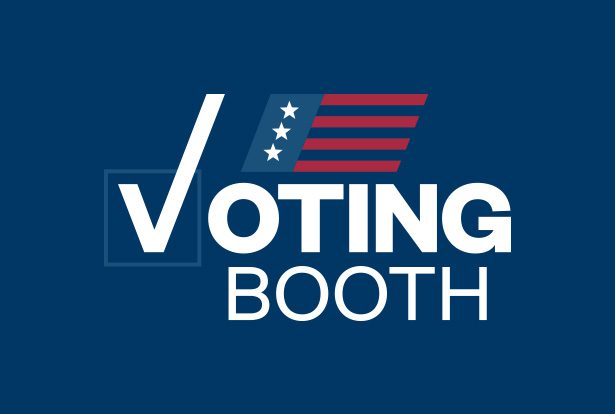
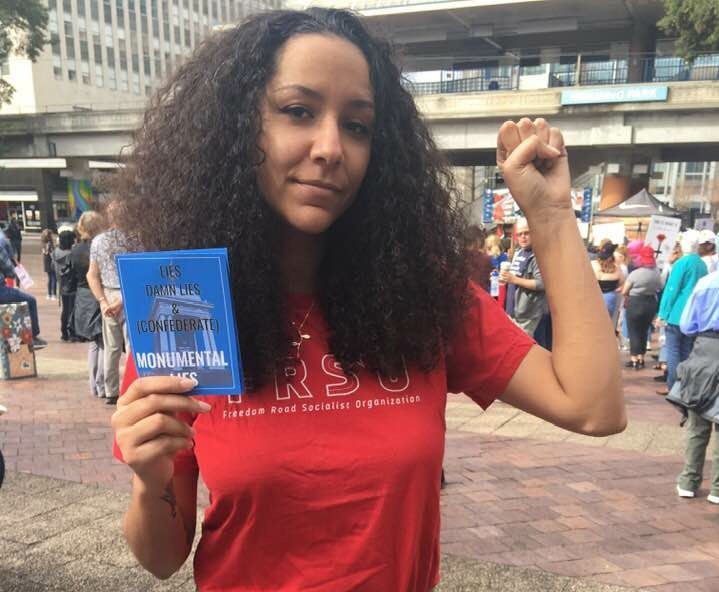
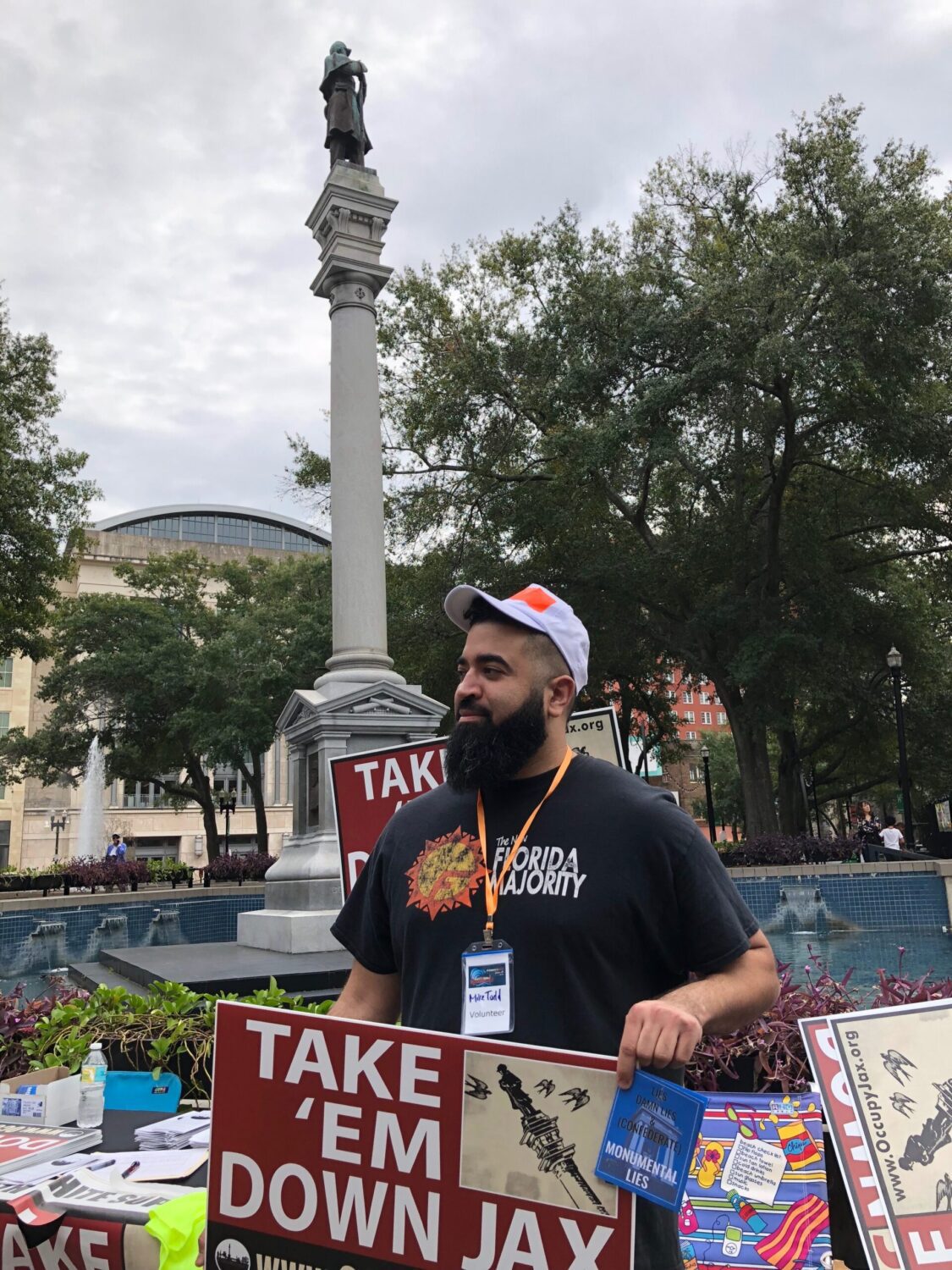
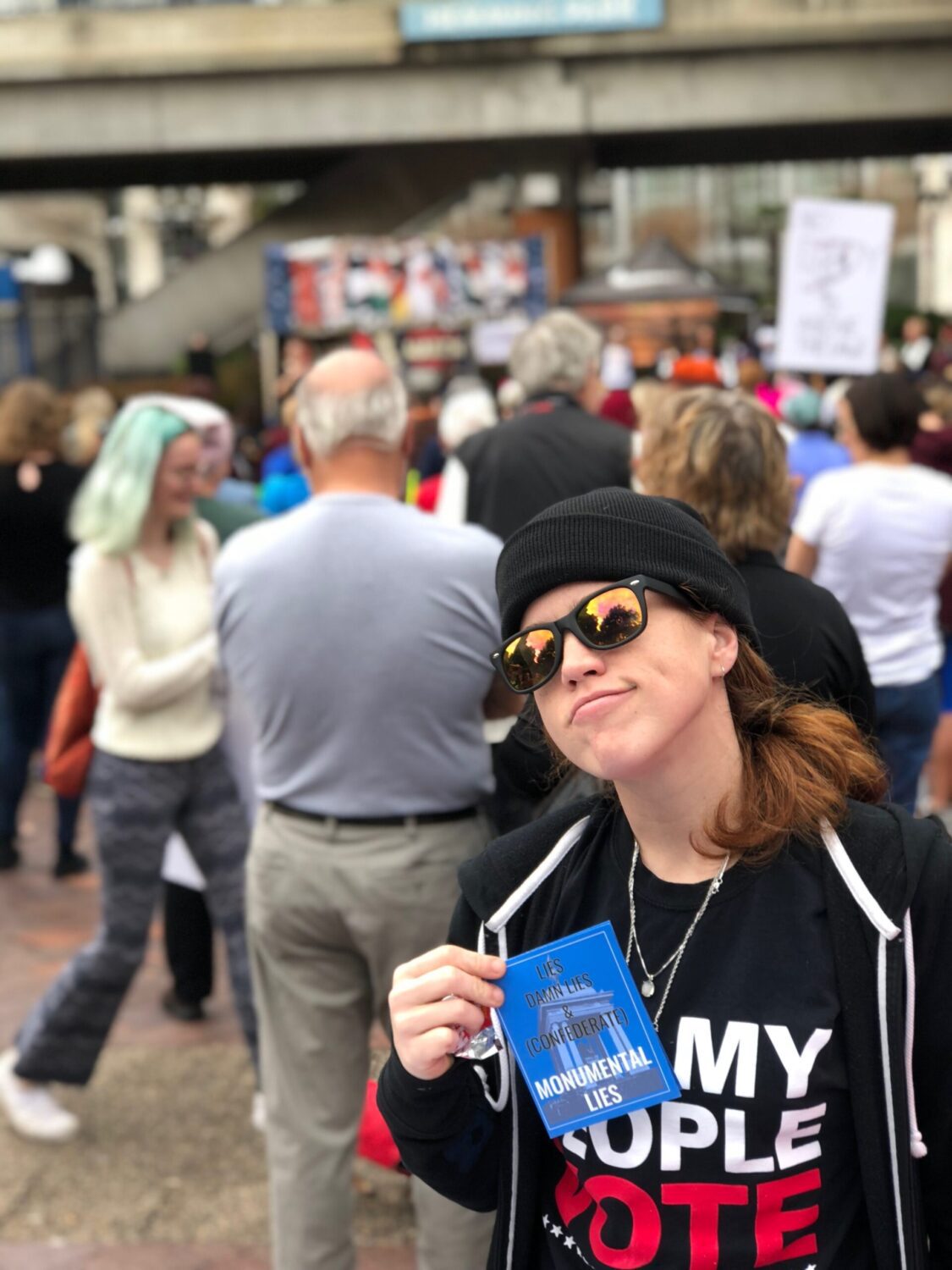



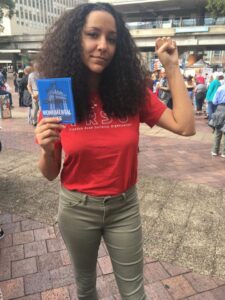

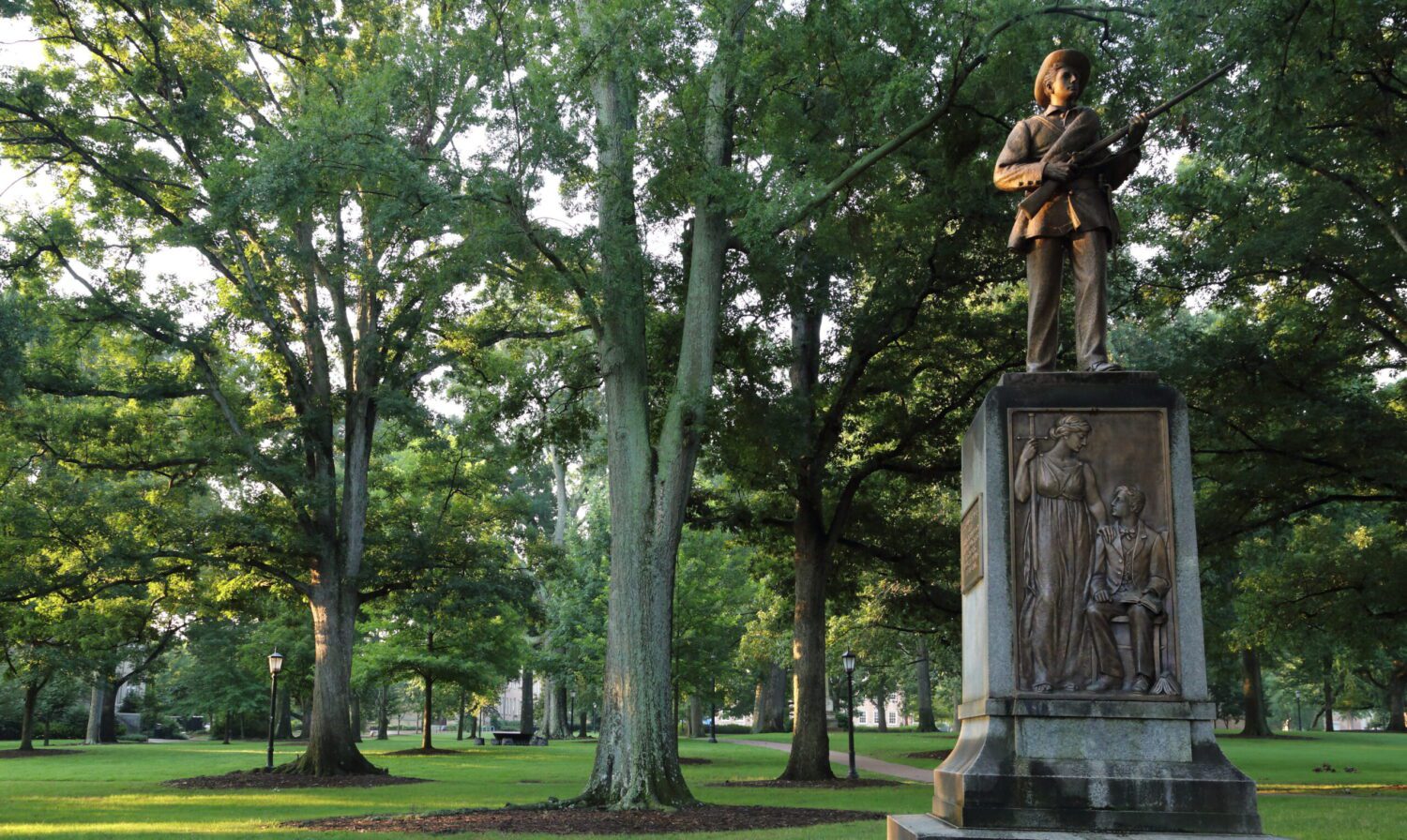
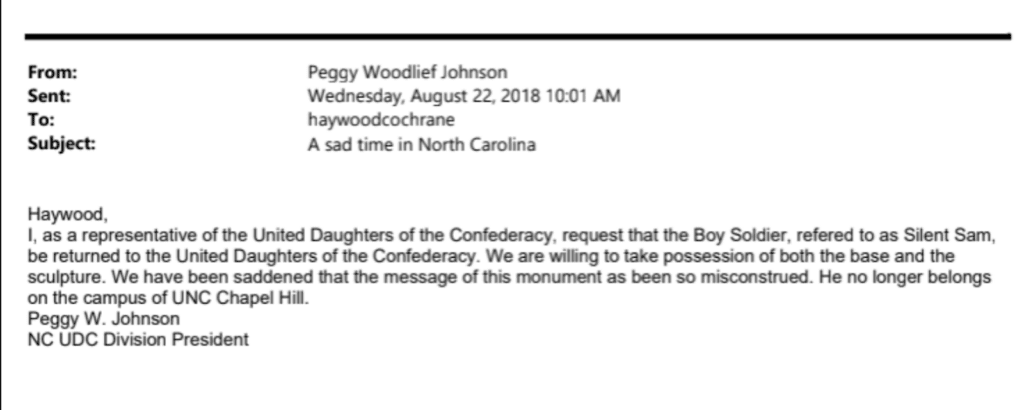

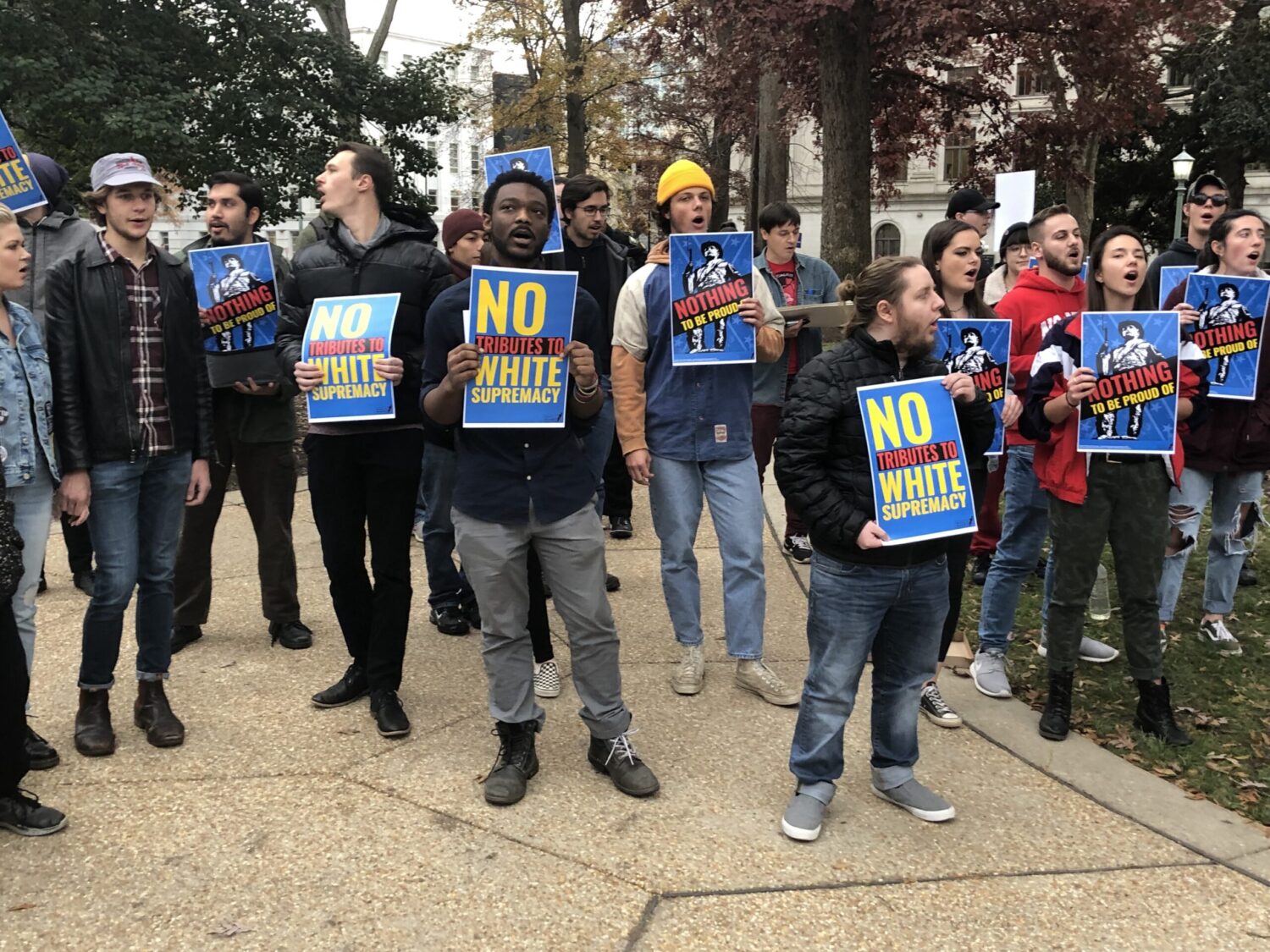


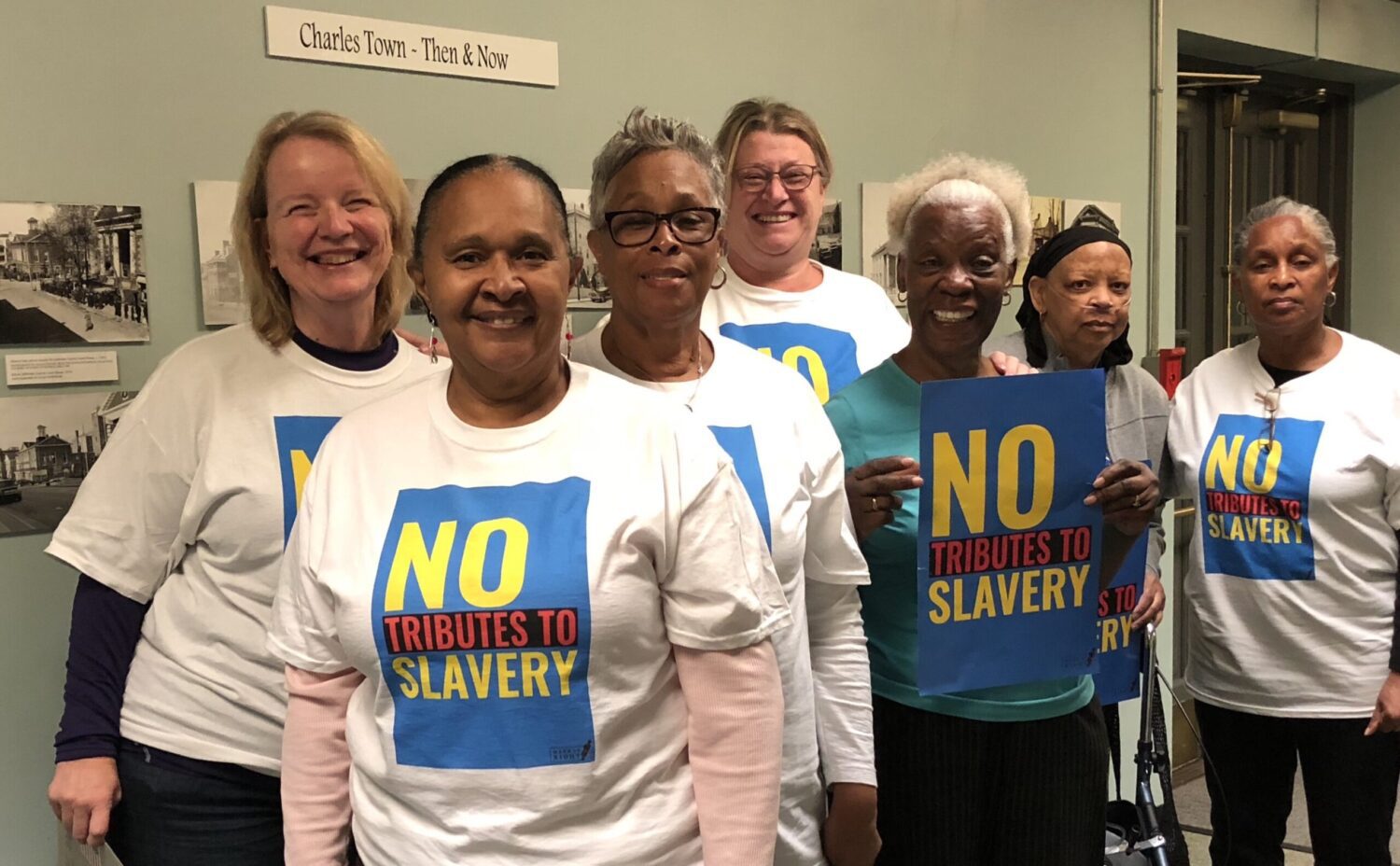
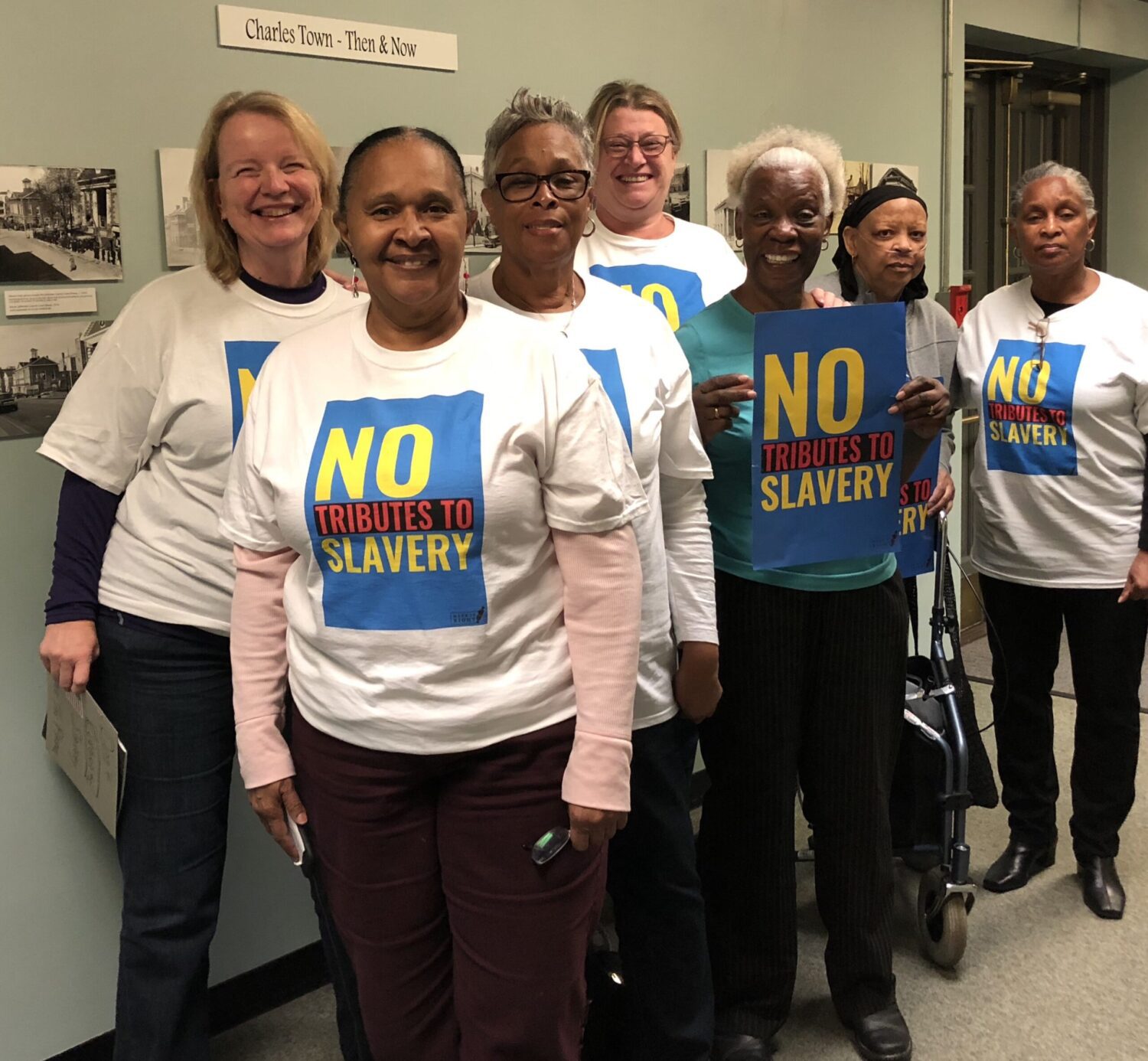
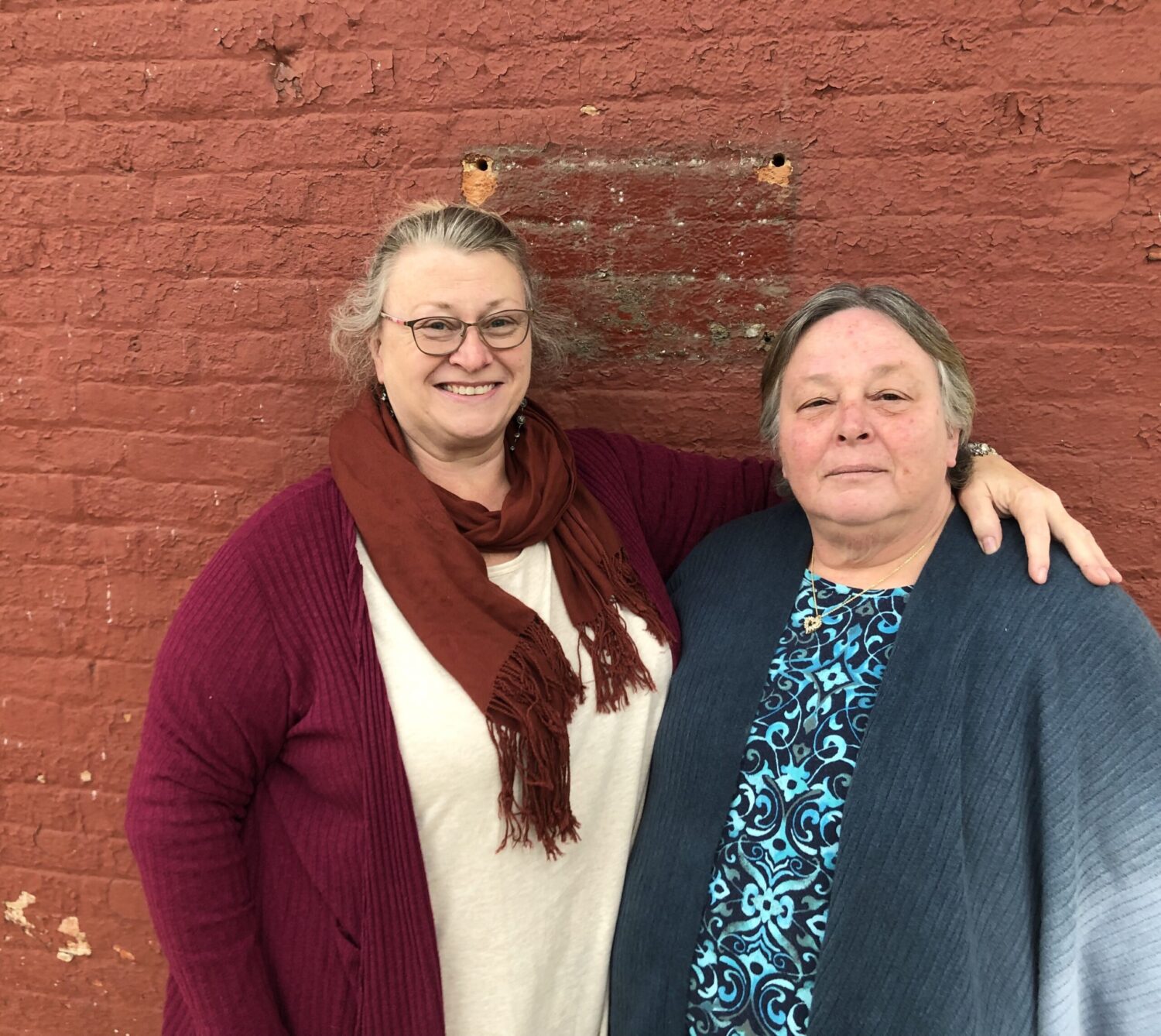
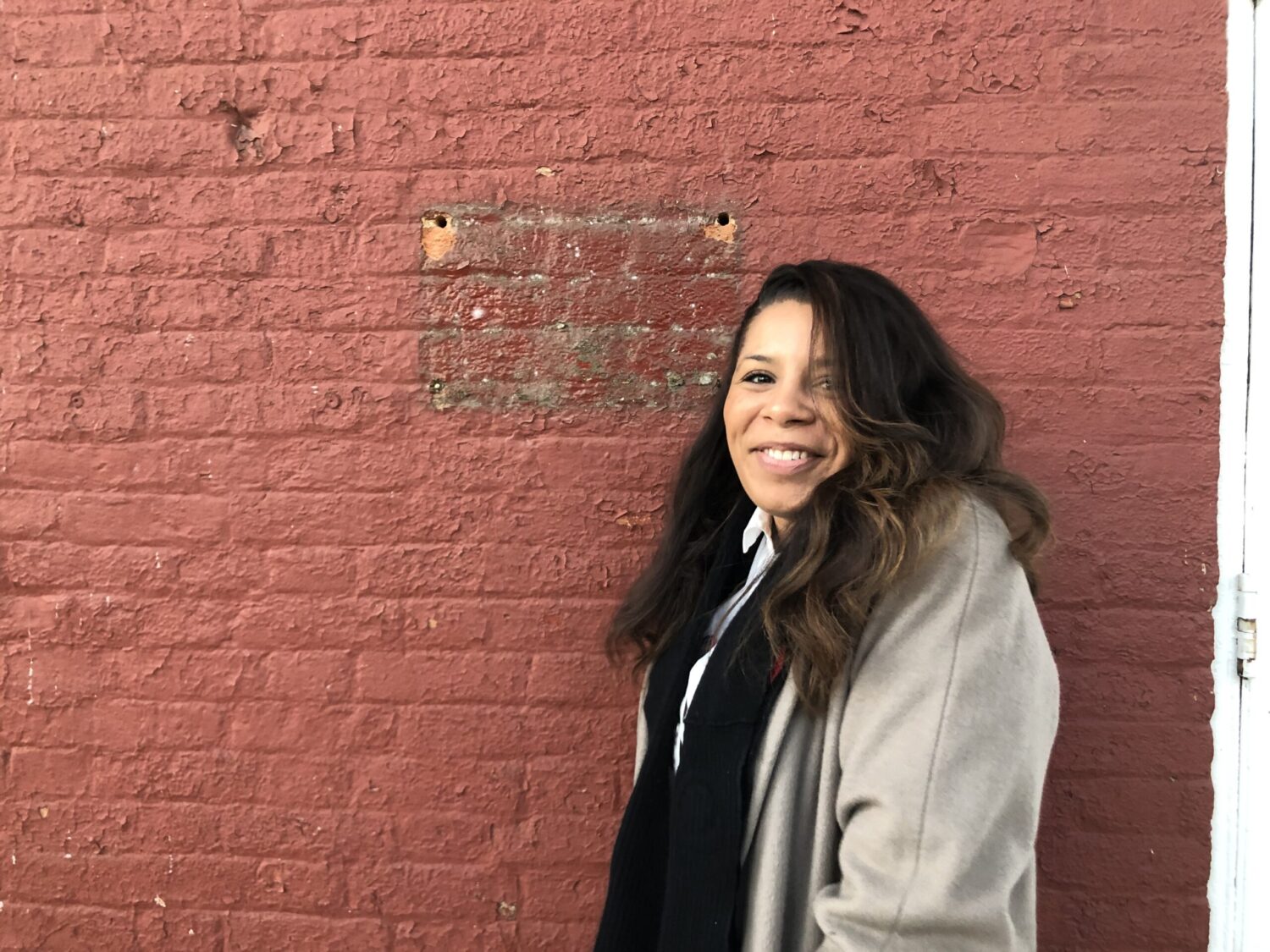
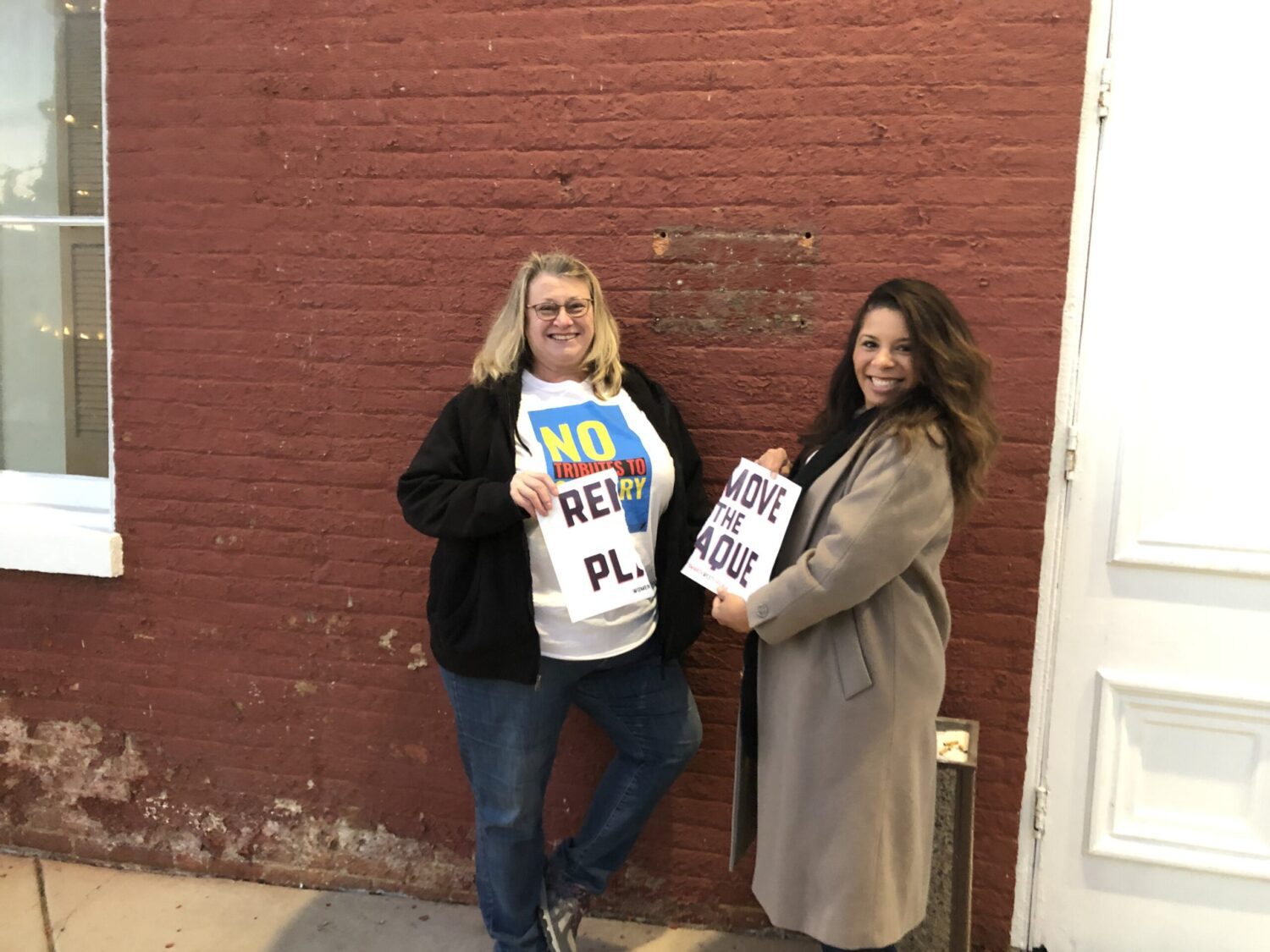


 Jan Frel
Jan Frel Simon Greer
Simon Greer